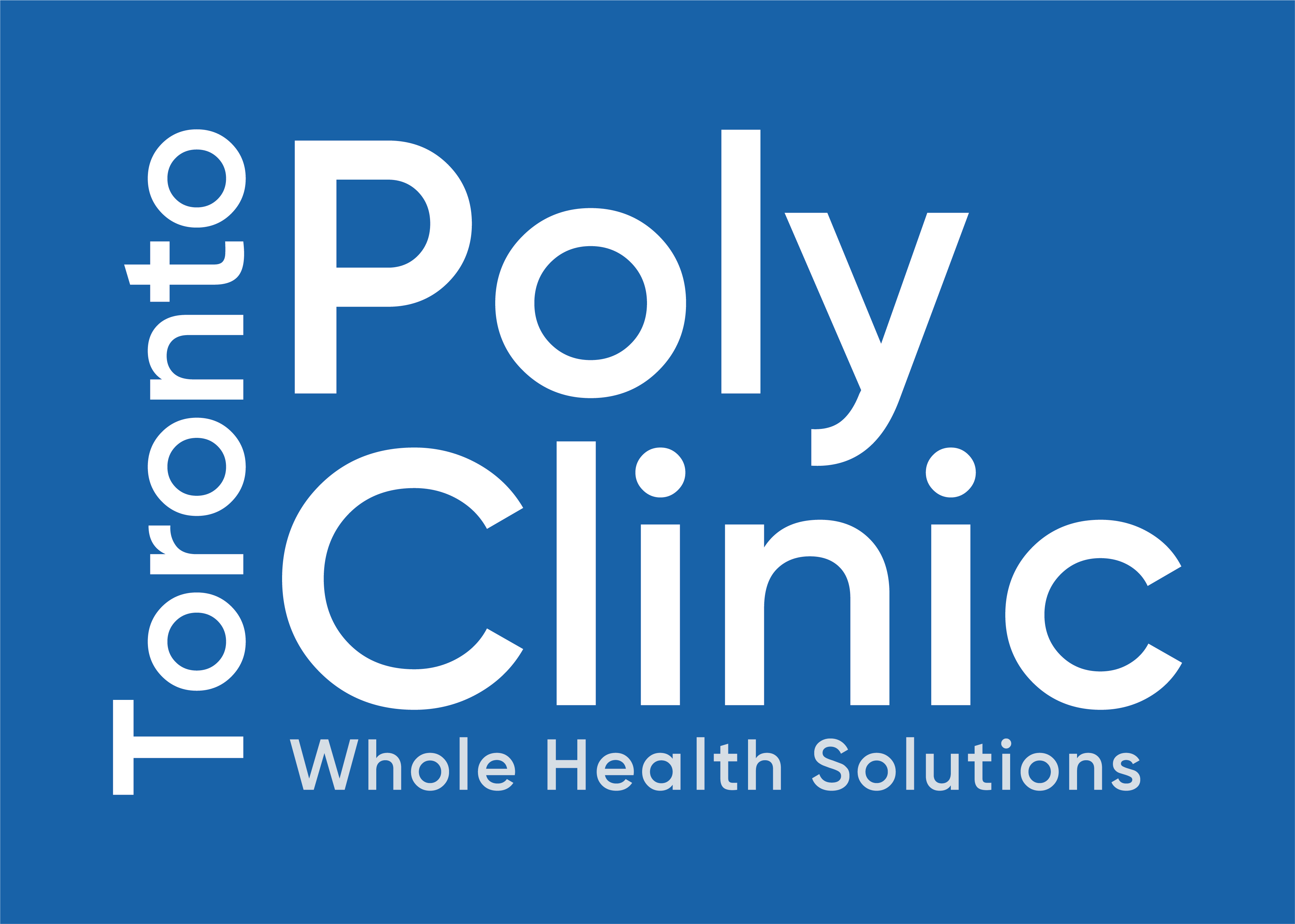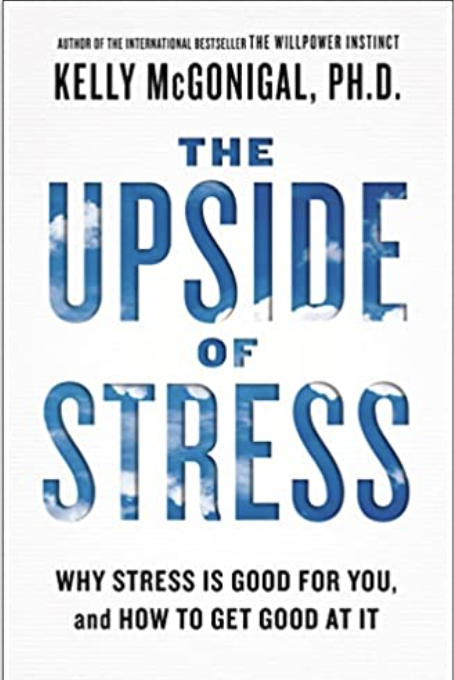The Upside of Stress for pain patients
Stress and pain, specially chronic pain go hand in hand. More pain can cause more stress and more stress leads to more pain.
But is it true?
The author, Kelly McGonigal is here to challenge that idea with The Upside of Stress. Not only is stress natural and expected, but it’s often healthy. As she states clearly in the opening pages, “Stress happens when something you care about is at stake. It’s not a sign to run away—it’s a sign to step forward.”
McGonigal shows readers how to cultivate a mindset that embraces stress, and activate the brain’s natural ability to learn from challenging experiences. Both practical and life-changing, The Upside of Stress is not a guide to getting rid of stress, but a toolkit for getting better at it—by understanding, accepting, and leveraging it to your advantage.
“Often we regard stress as a regrettable but necessary evil — the heavy price we pay for achievement in a fast-forward, competitive, “always on” world. In this important and engaging book, Kelly McGonigal challenges us to discard that familiar, fear-based mindset and embrace stress as a path to realizing our most creative potential.”
—Steve Silberman, author of NeuroTribes
She begins the book with a key question:
“IF YOU HAD to sum up how you feel about stress, which statement would be more accurate?”
A) Stress is harmful and should be avoided, reduced, and managed.
B) Stress is helpful and should be accepted, utilized, and embraced.”
These are the title of some of the book’s chapters:
How to change your mind about stress
A meaningful life is a stressful life
What does it mean to be good at stress?
Engage: How anxiety helps you rise to the challenge
Connect: How caring creates resilience
Grow: How adversity makes you stronger

McGonigal concludes:
“Stress is harmful, except when it’s not. Consider the examples we’ve seen in this book: Stress increases the risk of health problems, except when people regularly give back to their communities. Stress increases the risk of dying, except when people have a sense of purpose. Stress increases the risk of depression, except when people see a benefit in their struggles. Stress is paralyzing, except when people perceive themselves as capable. Stress is debilitating, except when it helps you perform. Stress makes people selfish, except when it makes them altruistic.”
How to make stress your friend
If you don’t want to read the whole book you may consider watching Kelly McGonigal TED talk.
If you suffer from chronic pain and stress please contact us.
Stress and Pain
“Stress doesn’t necessarily cause certain conditions, but it can make the symptoms of those conditions worse,” says internal medicine physician Richard Lang, MD, MPH. “When physical symptoms worsen, they may in turn increase a person’s level of stress, which results in a vicious cycle.”
Stress can cause pain, tightness or soreness in your muscles, as well as spasms of pain. It can lead to flare-ups of symptoms of arthritis, fibromyalgia and other conditions because stress lowers your threshold for pain.
It’s not possible to remove stress from life but we can transform stress to a vehicle for growth:
“It’s not about being untouched by adversity or unruffled by difficulties. It’s about allowing stress to awaken in you these core human strengths of courage, connection, and growth.”


